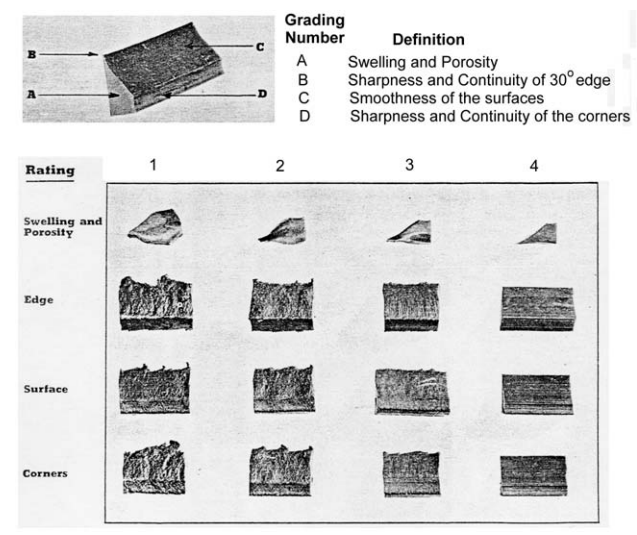The Garvey Die Extrusion test is a widely used method for evaluating the processability of rubber compounds. It involves measuring the pressure required to extrude a rubber sample through a standardized die under controlled conditions.

The test is typically conducted using a Garvey die, which consists of a cylindrical cavity with a 0.3-inch diameter and a length of 1 inch. The die is mounted in a testing machine and a preheated rubber sample is inserted into the die cavity. A piston is then used to apply pressure to the rubber sample, forcing it through the die.
The pressure required to extrude the rubber sample is recorded and used as a measure of its processability. Rubber compounds that require lower extrusion pressures are generally considered to be more easily processable than those that require higher pressures.
The Garvey Die Extrusion test is often used in the rubber industry to evaluate the effects of various additives and processing conditions on the processability of rubber compounds. For example, the test can be used to evaluate the impact of plasticizers, lubricants, and other processing aids on the flow characteristics of rubber compounds. It can also be used to optimize processing conditions, such as temperature, pressure, and mixing time, to improve processability and reduce manufacturing defects.
Overall, the Garvey Die Extrusion test is a useful tool for evaluating the processability of rubber compounds and optimizing rubber processing conditions. It is a simple and standardized test that provides valuable information about the flow characteristics of rubber compounds and can help manufacturers produce high-quality rubber products.
 (909) 987-1774
(909) 987-1774 Email Us
Email Us







